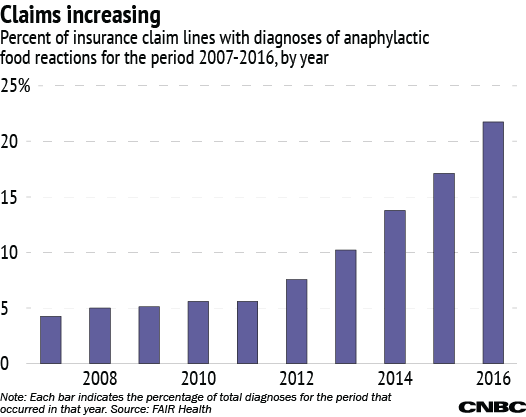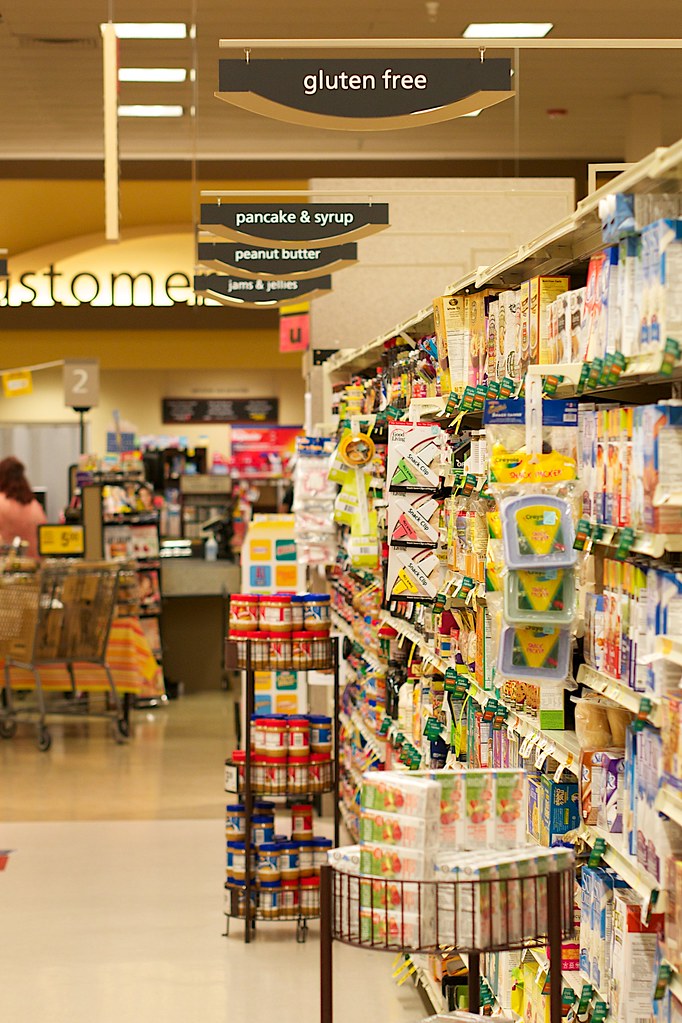I enjoy long showers, although I try to be a little more conscious about wasting water compared to my teenage years when my father used to ask my mother if I was washing each hair individually. When I take a shower on a sunny day, if I am lucky, the light will hit the glass shower door just right to create perfect rainbows on the wall and the floor. They are very geometrical and crisp and they bring me joy.
 |
| A shower rainbow |
When I was pursuing my MAT in Biological Sciences at Montclair State University, I was asked to write a paper describing my philosophy of teaching. I don't know where that paper is anymore because I've been through a few computers since then but I do distinctly remember saying that I saw myself as a tour guide to the natural world. I feel comfortable saying that not much has changed when considering my teaching philosophy. Of course I want my students to learn the fundamentals of biology and receive high scores on the AP exam. I also want them to develop the skills to succeed in college. But I have ulterior motives. I hope that my class will help students feel joy as they venture out into the world. I also hope the content they learn in my class might be able to offer them comfort, too. I can think of dozens upon dozens of times that the natural world has brought me both joy and solace and I'm going to share a few with you.
A few years ago, I was sitting on the front porch on a warm early summer evening. The fireflies (or lightning bugs depending on where you live) were flashing and I noticed a couple of fireflies in the flowers in a bed right next to me. I watched them flash at each other and then they did pretty much what every adult firefly exists to do--mate. The chemical reaction in the fireflies' light organs that creates the bioluminescence of summer nights is fascinating. The specifics of the flash patterns are also fascinating. The fact that the enzyme luciferase, which allows a firefly to glow, is routinely used in molecular biology labs is fascinating, too. Fireflies are, indeed, fascinating all around!
 |
| Calvin & Hobbes: One of my husband's favorite comics. How cool would it be if we could bioluminescence? |
 |
| A firefly creates light with almost 100% efficiency. |
 |
| A Wilson's Warbler raising a young (but larger) cowbird chick. Photo from Beth Hamel |
 |
| The Harlequin Ducks of Barnegat |
It's not just animals that bring me joy and comfort. How could I not talk about plants? I do everything I can to reduce what some call "plant blindness" in my students. We grow all year long and there is not a summer that goes by that I don't enjoy my moonflowers grown from seeds in my classroom. If you peruse this blog, you will find many posts from students about plants, specifically plants right outside the school classrooms. I may be biased but I think it's some good reading.
A perfect marriage of plant + bird that brought me joy is the cardinal flower (Lobelia cardinalis) and Ruby-throated hummingbird. A couple of summers ago, I planted a cardinal flower in my front yard specifically for the purpose of attracting hummingbirds. I was excited because the flower was blooming but I was lamenting to my mom on the phone that I had not seen any hummingbirds yet. Just as I said those words, I looked out the window and what did I see but a Ruby-throated hummingbird hovering around the flower drinking its nectar. It was a magical moment more magical than any moments I had at Walt Disney World as a child. This bird-plant relationship is even more special the more you know about it. The cardinal flower doesn't expend the energy making its sugary nectar for altruistic reasons--it gets something in return: pollination. The hummingbird's long, thin beak is nicely adapted to gather the nectar from the tubular flowers and the flowers are structurally adapted to deposit pollen in the hummingbird's head. As the bird systematically drinks from the flowers, it's carrying out cardinal flower cross-pollination. Another instance where the brilliance of evolution leaves me with a sense of wonder and satisfaction.
 |
| Notice the cardinal flower's stamen gently depositing pollen on the hummingbird's head. Photo credit: Mary Ann Borge https://the-natural-web.org/ |
If there are any seniors that actually took the time to read this post, congratulations on graduating!































